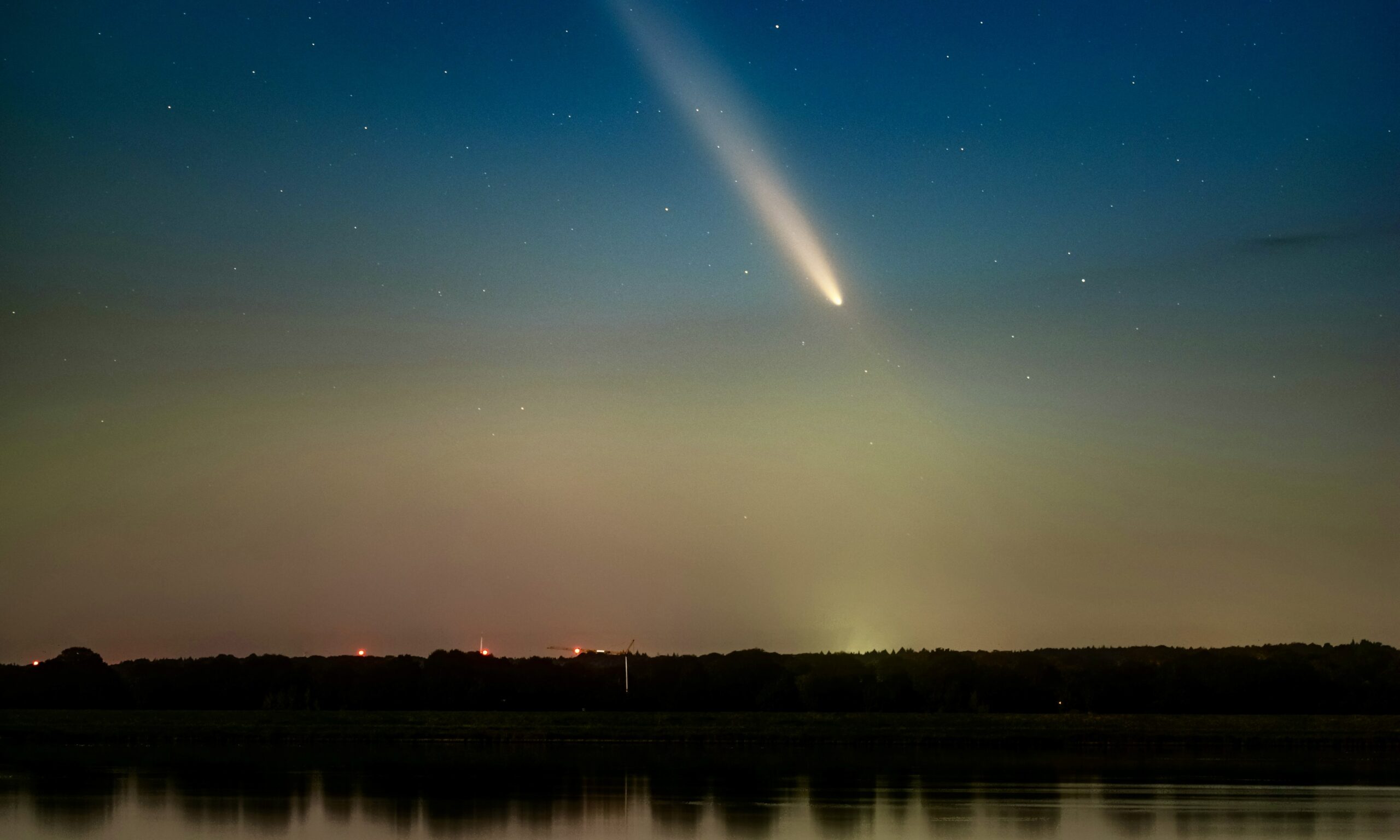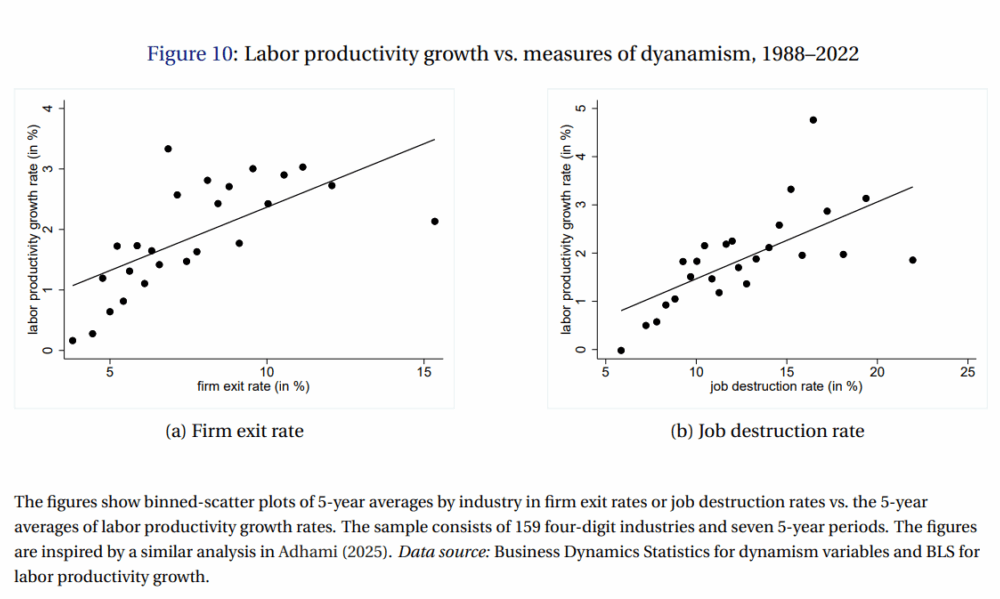A significant claim has emerged from the astronomical community regarding the interstellar object 3I/ATLAS. Renowned plasma physicist Dr John Brandenburg asserts that the object is currently visible, contradicting previous reports that stated it was hidden behind the Sun. In a post on X (formerly Twitter), Dr Brandenburg noted that the object had shown signs of an apparent jet exhaust directed towards the Sun last September, suggesting a reversal in its behavior.
The assertion challenges earlier commentary that indicated 3I/ATLAS was essentially obscured from view as it passed behind the Sun. One source previously reported that “3I/ATLAS is behind the Sun from Earth… it can’t be seen in Earth’s sky” at this time. Dr Brandenburg’s insights indicate that the object may not be entirely concealed, and its dynamics merit further investigation.
Scientific Interest in 3I/ATLAS
Discovered by the ATLAS survey, 3I/ATLAS is the third known interstellar object. Researchers have expressed intense interest in its trajectory, composition, and activity. An article titled “Spying Interstellar Comet 3I/ATLAS Near Perihelion” highlights how the object has exhibited activity earlier than anticipated, showing signs of volatile sublimation at distances greater than those typical for Solar System comets.
Among the notable characteristics of 3I/ATLAS is its peculiar sunward “anti-tail” plume, which some observers interpret as material being ejected towards the Sun rather than away from it, a behavior atypical for comets. The object is expected to reach perihelion, its closest approach to the Sun, on October 29, 2025, at approximately 1.36 AU from the Sun.
The revelation that 3I/ATLAS might be visible has sparked a divide among astronomers and space enthusiasts. Some continue to argue that the object remains lost in the solar glare, its light obscured by the Sun’s brightness. Others, however, see merit in Dr Brandenburg’s observations, suggesting that the unusual jet activity or plasma interactions may have enhanced its visibility, at least through specialized instruments.
Implications for Astronomy
If Dr Brandenburg’s claims are validated, it could signify that 3I/ATLAS is exhibiting unexpected behaviors, potentially shedding more dust and gas than previously thought or even producing its own detectable electromagnetic effects. This would mark the first instance of an interstellar comet being observed under near-solar conditions in real time, further elevating its status as one of the few confirmed objects from outside our Solar System.
The implications of this visibility debate extend beyond mere observational challenges. They touch upon how interstellar objects interact with solar radiation and magnetic fields. Dr Brandenburg’s expertise in plasma physics lends significant weight to his assertion that the object’s “apparent jet exhaust” could have influenced its trajectory, making it temporarily more reflective or detectable.
Should evidence confirm that the brightness of 3I/ATLAS has indeed increased due to such jets, it may suggest that its surface or composition contains materials sensitive to solar heat. These reactions could generate powerful bursts of energy, potentially altering the object’s course slightly.
As 3I/ATLAS continues its journey, astronomers monitoring its trajectory will be keenly observing new data from solar-tracking instruments. In the coming weeks, as the object moves away from the Sun’s glare, it should become increasingly observable with both ground-based and orbital telescopes. This period will be crucial for determining whether Dr Brandenburg’s claims hold up under scientific scrutiny.
If images or spectroscopic readings confirm that 3I/ATLAS remained visible even during conjunction, it could revolutionize the way astronomers study near-solar phenomena and interstellar visitors. For now, the excitement surrounding this cosmic wanderer lies in the unknown. Whether it is seen through the Sun’s haze or emerging freshly from it, 3I/ATLAS continues to challenge conventional expectations, ensuring its place at the forefront of one of astronomy’s most captivating current debates.







